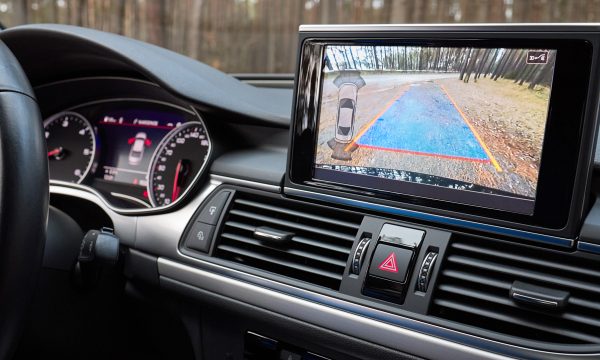
Ongoing challenges require careful communication with consumers
Whether you’re a salesperson, sales manager, or general manager, working at a dealership has many challenges that have become common over the past two years. In some respects, it may seem like Groundhog Day, as a semi-conductor shortage and supply chain issues have resulted in a lack of inventory and created unprecedented consumer demand that most dealers simply aren’t able to meet.
Depending on the strategies of the manufacturer, supply chain issues have played out either through reduced manufacturing, fewer vehicle-options available or stockpiling of semi-built vehicles with plans to retrofit the shells later. Nearly two years into the global chip shortage, many analysts suggest the return to normalcy for manufacturers’ supply chains is projected no earlier than 2023.
Where many new dealers are used to 200, or more, cars on their lots, in many cases, it has been reduced to a fraction of that total. This means dealerships have had to adapt and learn to sell cars that don’t yet exist, while customers face the reality that they may not see their new vehicle for an extended period.
Where manufacturers have historically communicated on issues such as allocation, distribution, and production, managing the gulf that exists between customer needs and available options is now falling squarely on dealers.
While there are examples of dealerships discontinuing or reducing their marketing and social efforts during this difficult period, it’s important to do the opposite. Various research has shown that most vehicle buyers are aware of the ongoing challenges, so don’t duck the topic.
Instead, use this period as an opportunity to build trust with buyers through proactive and personalized communication related to ongoing shortages. Open communication with customers and helping to manage expectations is crucial.
From start to finish, your customers should be well versed in how your team has handled inventory shortages and what opportunities may exist to easily purchase a vehicle that meets their unique wants and needs.
From start to finish, your customers should be well versed in how your team has handled inventory shortages and what opportunities may exist to easily purchase a vehicle that meets their unique wants and needs.
Now is the time to stand out from other dealerships, by continuing to be active on social media, emphasizing your customer service practices, offering customers great service and ensuring all their interactions with your dealership are convenient and easy.
Internally, this means putting processes in place that allows you to set realistic expectations while ensuring your entire dealership is on the same page when communicating with customers. This includes communicating with customers seeking out-of-stock units or the status of vehicle deliveries, or details on pre-ordering new models.
Ensure to update any external touch points, such as your dealership’s website. Consider creating an easy-to-access information center that speaks to frequently asked questions such as whether your dealership is selling inbound units or allowing your customers to place specific orders while they wait.
It is no secret that there will be a significant ramp-up in electric vehicle production as these challenges ease. Governments around the world have mandated either improved fuel efficiency or zero emissions, and legislation and budgets are preparing the public spaces for charging stations or wireless charging.
There is a light at the end of the tunnel, and when that occurs, you want to be in the best position for success—and that means having a loyal customer base staying with you.












